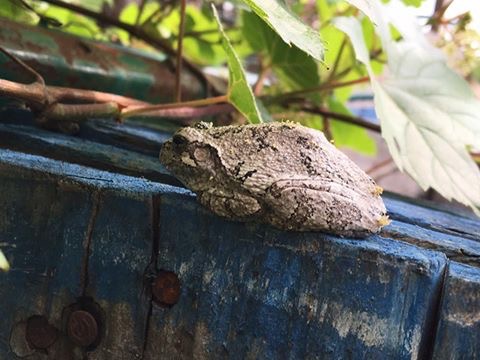As temperatures continue to rise in Michigan, we are reminded of the danger in leaving dogs in cars. On an 85-degree day, the temperature inside a car can rise to more than 100 degrees in under 10 minutes, even if the sky is cloudy and the windows are cracked. As a result, dogs can suffer heat-related illnesses and may die before help has a chance to arrive.
Unfortunately, Michigan does not currently protect those who directly intervene if they see a dog suffering in a hot car. House Bill 4092 would give immunity from criminal prosecution to those who forcibly enter a vehicle to rescue an animal. Many states have such laws, but we are not yet one of them. We encourage members of the community to contact your state representative and urge them to support this legislation. This bill can not only save lives, but protect those who stand up to help.
The Detroit Zoological Society recently hosted our bi-annual Meet Your Best Friend at the Zoo, the nation’s largest off-site animal adoption event, in partnership with the Michigan Humane Society. Our staff shared with attendees the dangers of leaving pets in cars and thankfully, most of them were already aware of this and the importance of calling the police if they witness this occurring. Many wanted to know how else they could help, and we provided postcards and contact information for each of their state representatives, as well as sample messaging to support House Bill 4092. We collected and distributed 165 postcards from this event.

The DZS’s Berman Academy for Humane Education exists to help people help animals. One way we do this is by providing opportunities for community members to take action in ways that have positive, lasting impacts on animals.
You can look up your state representative and their contact information here. We also encourage you to consider writing to your elected officials about other legislation that affects animals – you can find an updated list of Michigan and federal legislation here.
– Dr. Stephen Vrla is the curator of humane education for the Detroit Zoological Society and oversees the Berman Academy for Humane Education.


















